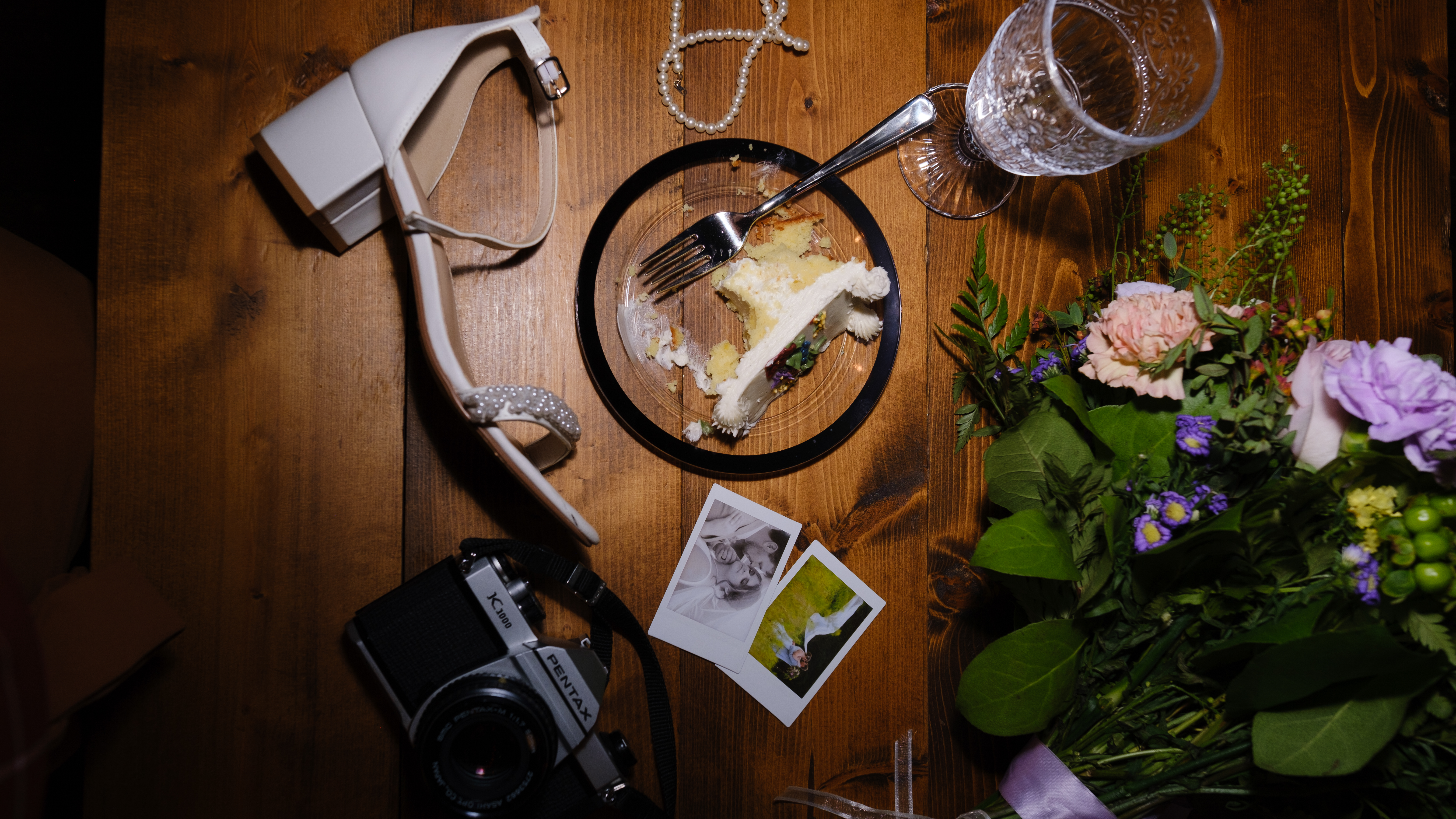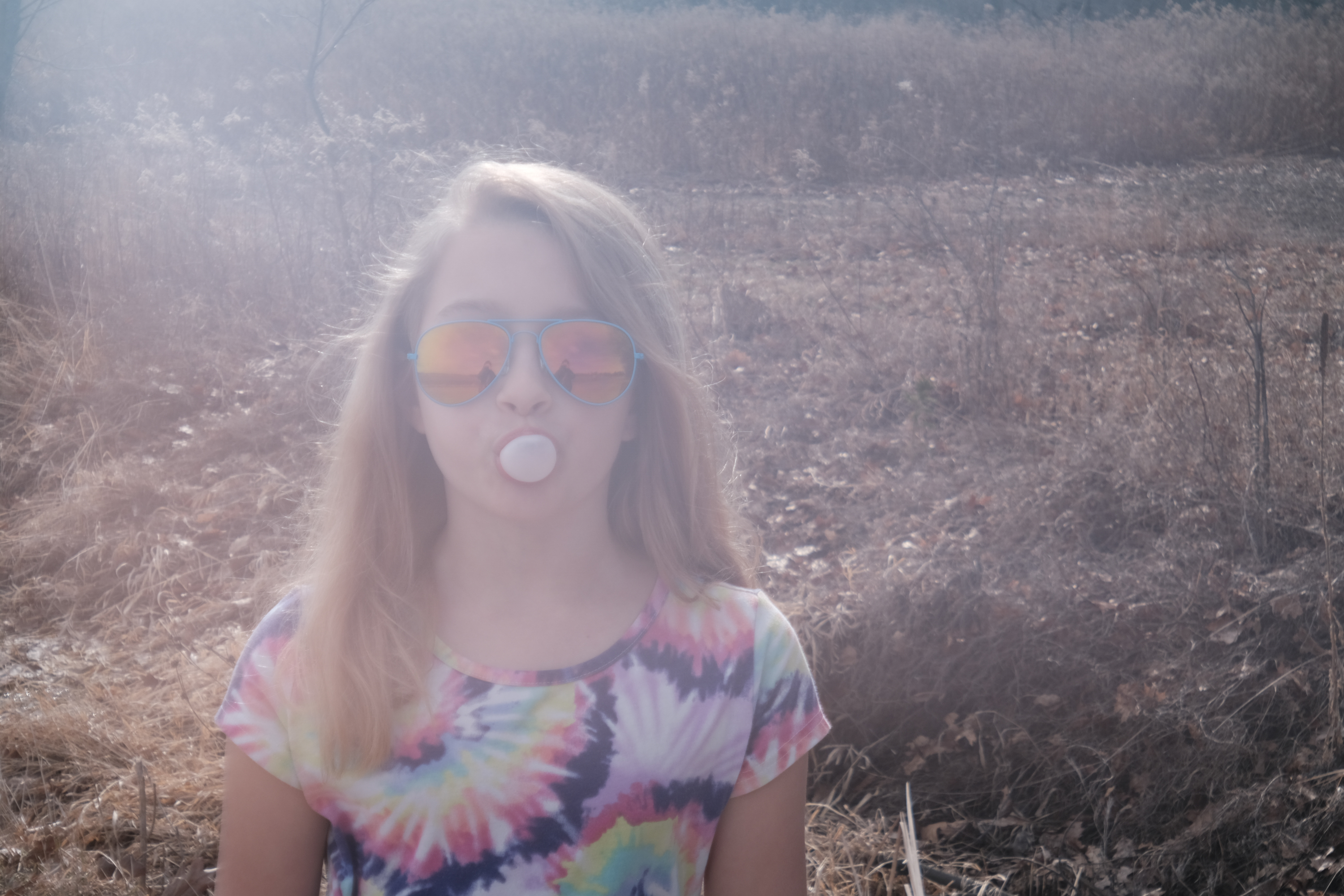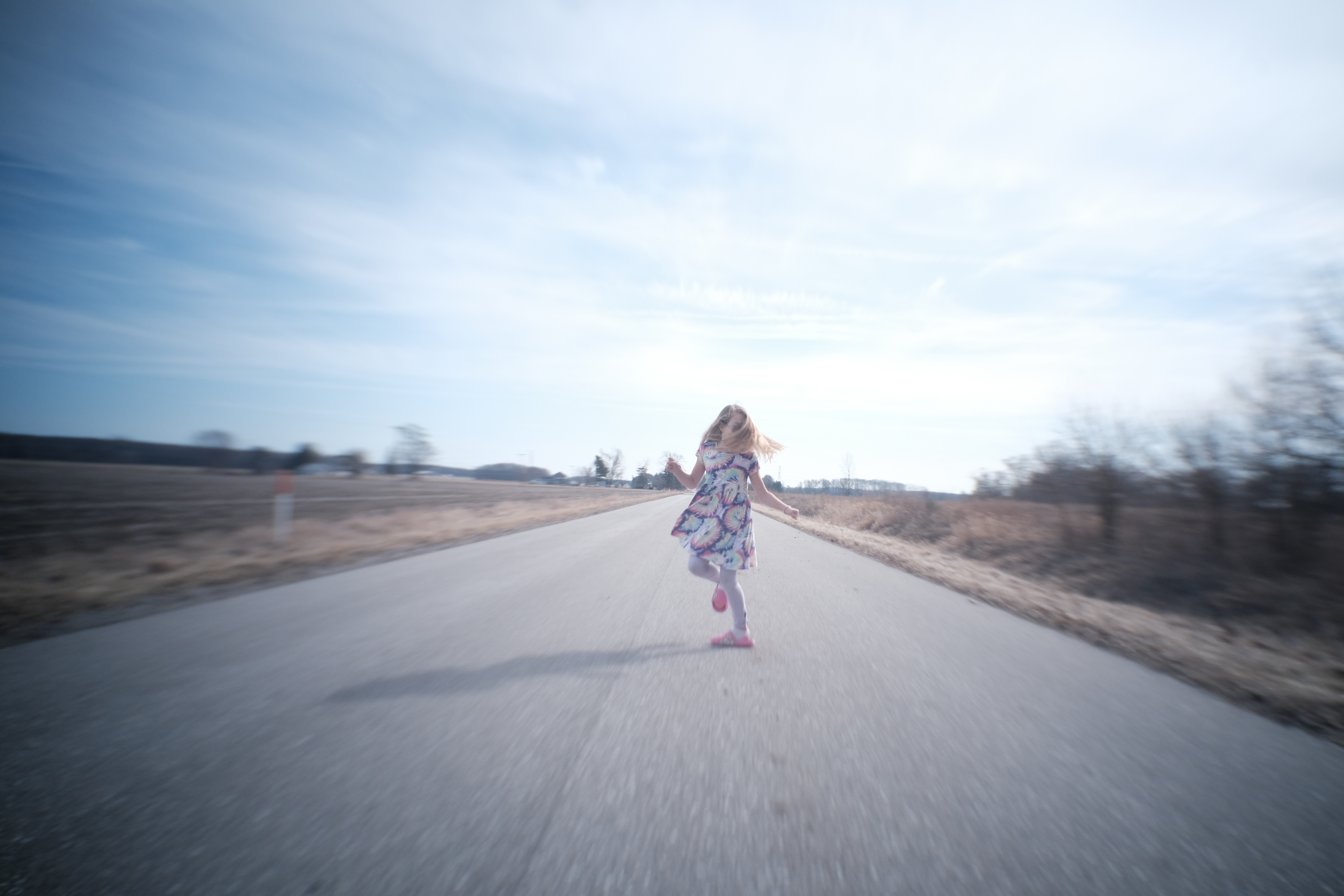Retro cameras are trending. But the blurry, grainy, and harsh flash look of retro photographs is coming back, too
The retro trend is bringing back blurry photos and direct flash – but it's the underlying reason for this trend that's key

Blurry photos. Wild colors. Grainy images. The harshness of direct flash. Digital cameras have been slowly evolving to correct some of the most common mistakes in photography, fixing blur with stabilization, lowering grain with better processors and larger sensors, and delivering more accurate colors in camera.
But then, retro cameras surged in trends. And the “terrible” images of the past seem to have risen right along with them.
My feed is being filled with blurred images, out-of-focus shots, and harsh flash that I struggled to overcome years ago as a novice photographer. But data suggests it’s not just my social media feeds that have been impacted by the trend for imperfect images.
According to Pinterest, searches for editorial wedding photos, cinematic wedding photography, and film wedding photos are on the rise. Film wedding photos in particular have risen by 2,258 percent, second only to blue hour photography, which rose by 3,325 percent.
Pinterest’s report indicating an uptick in searches for analog and imperfect images isn’t alone. Brides called 2024 “the year of blurry wedding photos.” Photo licensing platform Stills lists direct flash and candid images among its 2025 Trend Report.
I don’t think it’s a coincidence that things like blurred photos and direct flash are resurging at the same time that retro-inspired cameras are among some of the best-selling models. Even point-and-shoots from 20 years ago are making a comeback. The reason that both retro-inspired cameras and so-called imperfect images are trending likely has the same roots: a craving for authenticity and human connection in an increasingly digital world.
These photographs are “terrible photography” only in the traditional sense of the word, in that they break the common rules of photography. The worth of a photograph is in its emotional power, not its technical mastery, and I have been emotionally gut-punched many times by these so-called imperfect images that may have blur, grain, and harsh flash.
The best camera deals, reviews, product advice, and unmissable photography news, direct to your inbox!
Take a look at the blurred photo trend as an example. Photographs with motion blur have a whirlwind feel to them. The motion blur feels like an appropriate emotion to be part of wedding photography, as couples often describe their day as a whirlwind.
Photographs that break the rules aren’t trending specifically because they break the rules, but because they come with a layer of both emotion and authenticity. Blurry photos take on a whirlwind emotion. Direct flash brings back some of the look of disposable cameras and adds another layer to the candid feel. Grainy images bring to mind the look and feel of film.
Photographers shouldn’t start adding blur and overpowered flash just because those looks are trendy. Creatives should never follow trends just for trend’s sake; that defeats the point of creativity. But I do think photographers need to look at why these “terrible images” are trending: emotion and authenticity.
Rather than trying to add blur and direct flash because they are trending, photographers should take a step back and think – how can I add more emotion and authenticity in this photograph? Yes, maybe the answer is sometimes in taking a blurry photograph. But perhaps the answer lies somewhere else. Rather than thinking “blurry photos are trending,” photographers need to instead think “emotion and authenticity are always trending.” And, frankly, I don’t think emotion and authenticity have ever been out of style when it comes to photography.
The trend for imperfect imagery also shouldn’t excuse new photographers from learning how to eliminate blur or from mastering flash photography. In fact, learning how to eliminate blur from photographs is inherently part of learning how to intentionally add blur to photographs.
Creatives should never follow trends just for trend’s sake; that defeats the point of creativity. But I do think photographers need to look at why these 'terrible images' are trending: emotion and authenticity.
The trends towards imperfect images are also best used sparingly. Blur only adds emotion and authenticity to certain images, and the same with harsh direct flash. Understanding the essentials of photography and flash will give photographers the toolset to use a wide variety of creative options to build emotion in a photograph. Using motion blur in every photograph would be like using a hammer for every DIY project when some will undoubtedly call for a drill and a saw.
I don’t think it's a coincidence that “terrible photographs” that break the rules are trending at the same time as retro cameras. The push into more advanced technology, especially with AI, is driving the craving for authenticity and emotion. And I think even photographers who hate the trends towards blur and direct flash can agree that, whether or not photography rules are broken, a photograph should be authentic and emotional.
You may also like
Read why I'm quitting photography when I become the perfect photographer. New to all the photography rules? Start with these photography cheat sheets for help.

With more than a decade of experience writing about cameras and technology, Hillary K. Grigonis leads the US coverage for Digital Camera World. Her work has appeared in Business Insider, Digital Trends, Pocket-lint, Rangefinder, The Phoblographer, and more. Her wedding and portrait photography favors a journalistic style. She’s a former Nikon shooter and a current Fujifilm user, but has tested a wide range of cameras and lenses across multiple brands. Hillary is also a licensed drone pilot.
You must confirm your public display name before commenting
Please logout and then login again, you will then be prompted to enter your display name.


